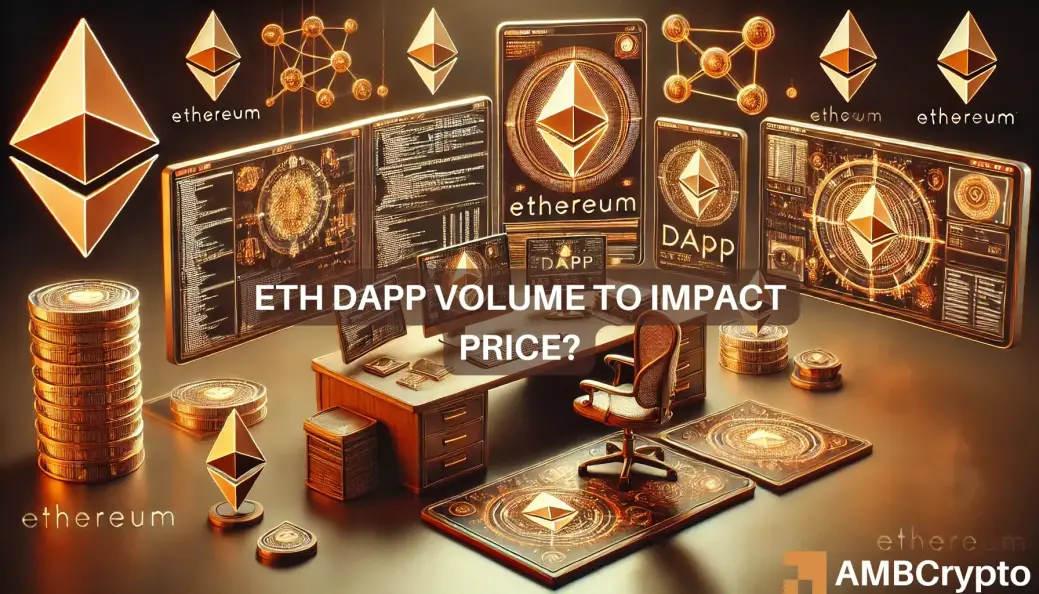Admis Asia: Insights into the Dynamic Asian Market
Exploring the latest trends and developments across Asia.
Eth: The Rollercoaster Ride of Digital Currency
Discover the thrilling ups and downs of Ethereum! Join the ride through the world of digital currency and uncover its secrets!
Understanding Ethereum: The Basics of ETH and Its Role in the Crypto Market
Ethereum is a decentralized blockchain platform that enables developers to build and deploy smart contracts and decentralized applications (dApps). Launched in 2015 by Vitalik Buterin and a group of co-founders, Ethereum introduced the concept of programmable transactions through its native cryptocurrency, ETH. Unlike Bitcoin, which primarily serves as a digital currency, Ethereum's versatility allows it to facilitate a wide range of applications across various industries. For a more in-depth understanding of its underlying technology, you can read the Ethereum White Paper.
ETH plays a critical role in the crypto market, not only as a medium of exchange but also as a means of supporting network operations. Users pay transaction fees in ETH to process smart contracts and transfers, making it an essential component for maintaining the Ethereum ecosystem. Additionally, with the rise of decentralized finance (DeFi) and non-fungible tokens (NFTs), the demand for ETH has surged, solidifying its position as the second-largest cryptocurrency by market capitalization. For further insights on DeFi's impact on Ethereum, you can visit Forbes.

The Volatility of Ethereum: What Causes Price Swings and How to Navigate Them
Ethereum, one of the leading cryptocurrencies, is known for its significant price swings. Several factors contribute to this volatility, including changes in market sentiment, regulatory news, and advancements in technology. For instance, announcements from influential figures or organizations regarding Ethereum can lead to dramatic price movements within hours. Additionally, events like Ethereum Improvement Proposals (EIPs) or changes in network protocols, such as the transition to Ethereum 2.0, can also impact investor confidence and trading behavior, further adding to its unpredictability.
To effectively navigate the volatility of Ethereum, investors should adopt a disciplined approach. Implementing strategies such as dollar-cost averaging and setting stop-loss orders can help mitigate risks associated with price fluctuations. Additionally, staying informed through reliable sources such as Investopedia or CryptoSlate can provide valuable insights into market trends and developments. By prioritizing education and risk management, investors can better position themselves to capitalize on opportunities presented by Ethereum's volatile nature.
Is Ethereum 2.0 the Future? Exploring the Transition to Proof of Stake
The transition to Ethereum 2.0 marks a significant evolution in the blockchain landscape, shifting from a Proof of Work (PoW) to a more sustainable Proof of Stake (PoS) consensus mechanism. This change not only enhances the scalability and security of the network but also addresses critical environmental concerns associated with high energy consumption in PoW systems. The upgrade aims to reduce Ethereum's energy usage by over 99%, making it a more eco-friendly option for developers and users alike. For more insights on these changes, check out this detailed article on Ethereum 2.0.
As we explore whether Ethereum 2.0 is indeed the future, we must consider its potential impacts on decentralized applications (dApps) and the broader blockchain ecosystem. The introduction of PoS allows users to earn rewards for holding Ether (ETH), incentivizing participation in network security and governance. This shift may lead to greater decentralization, a primary goal of the Ethereum community. To dive deeper into the benefits and challenges of this transition, visit this Harvard Business Review article for a comprehensive analysis.